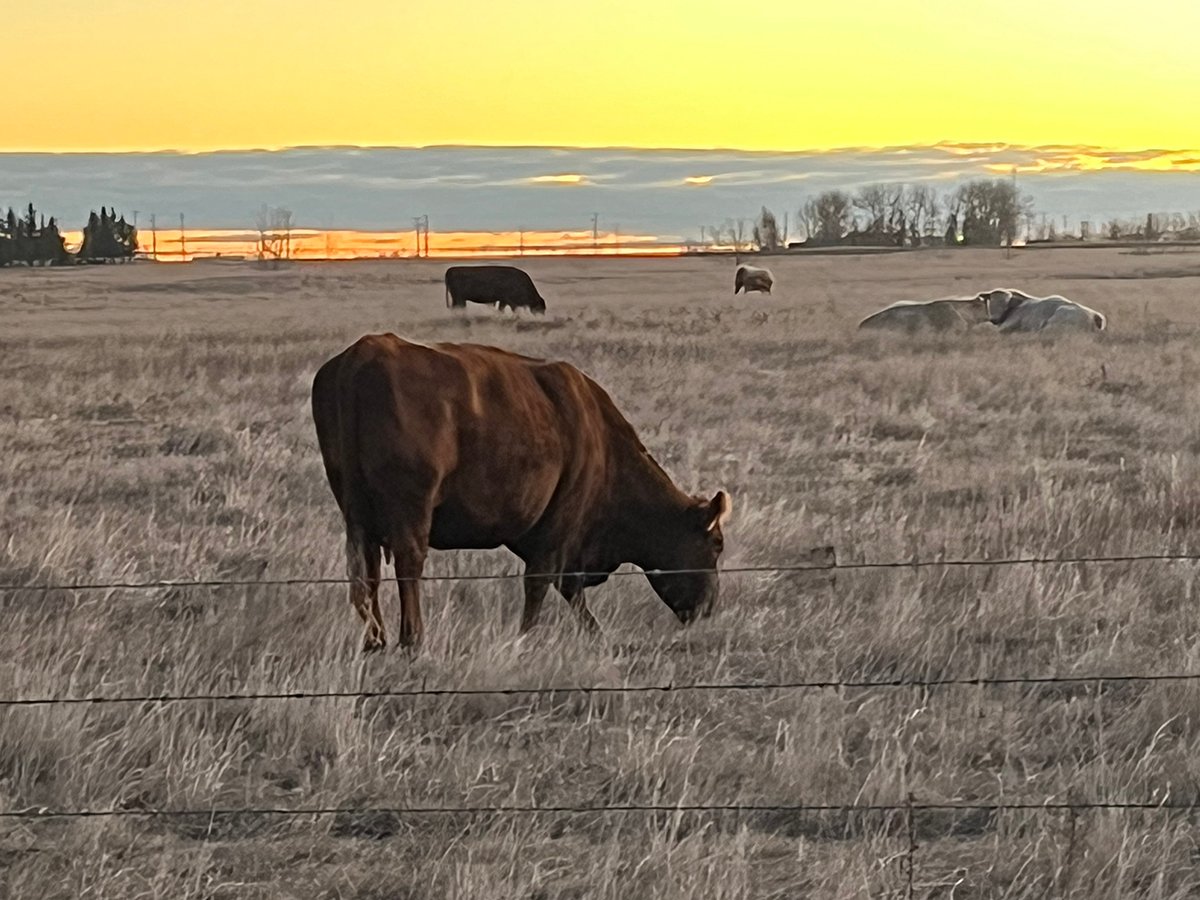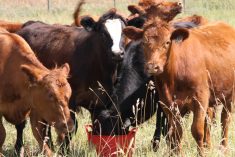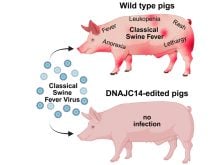MOOSE JAW, Sask. – Doug Howe said he was 17 years old when he learned that pioneer Charolais producer Roy Biensch got 100 pounds more out of a Charolais than the British breeds.”I was a kid at the time and I convinced my father that we should try one of these bulls. We did and just on the calves we sold, we got over 70 lb. It was very good and we never looked back after that,” said Howe.Now more than 40 years later, Howe hosted a homecoming and Canadian Showdown Sale event June 15 at his White Cap Charolais ranch near Moose Jaw. It kicked off a three-day celebration that marks 2010 as the 50th anniversary of the Canadian Charolais Association.Attending the auction and reunion was pioneer breeder Roy Biensch and his wife, Joan. Now retired, Biensch used to ranch at Marsden, Sask., and was sought throughout North America for his knowledge and skills in judging and acquiring the best stock.Biensch’s interest in Charolais also started by reading an article about a father-son operation that successfully crossed their Herefords with Charolais. The son’s calves weaned 150 lb. heavier. “I saw this and said that is something we got to get into,” he said.In 1958, he brought the first purebred bull home from Pincher Creek, Alta.”The next year, we turned that bull out with our Hereford bulls with 250 cows. There were three Hereford bulls and this one Charolais bull. The next spring, we had 100 crossbred calves and there was no other Charolais in the country anywhere,” he said.Biensch recalled being ridiculed for the bold move.”The neighbours came and said we couldn’t sell any of these percentage bulls. The reeve came and said this is a purebred sire area and you can’t sell these bulls …. But everybody wanted to buy these percentage animals.”The family travelled to France to buy the first Charolais cattle that came into Canada. The next year, Biensch said everybody wanted an animal.For 10 years, Charolais were selling for $10,000 to $50,000.After reading an article in 1968, Ron Lipsett of Owen Sound, Ont., purchased three purebred open Charolais heifers and later imported 10 Charolais from France.Lipsett also had issues with neighbours.”Your neighbour is always the last one to admit that you’re on the right track or you’ve got a new innovative idea that has some potential,” he said. “Pride was sure a part of it with Hereford breeders. British breeders in our area, they didn’t want to admit that the Charolais calves would weigh as much at weaning time as some of their offspring did at a year of age.”He recalls a consignment in 1974 that fetched $23,000. Lipsett remains optimistic about Charolais’ future.”I think it’s still the Charolais breed that has something to contribute,” he said.
Read Also

Animal protection delivery to change in Saskatchewan
The Saskatchewan government is looking for a new agency to handle animal welfare after Animal Protection Services of Saskatchewan decided not to renew its contract next year.















